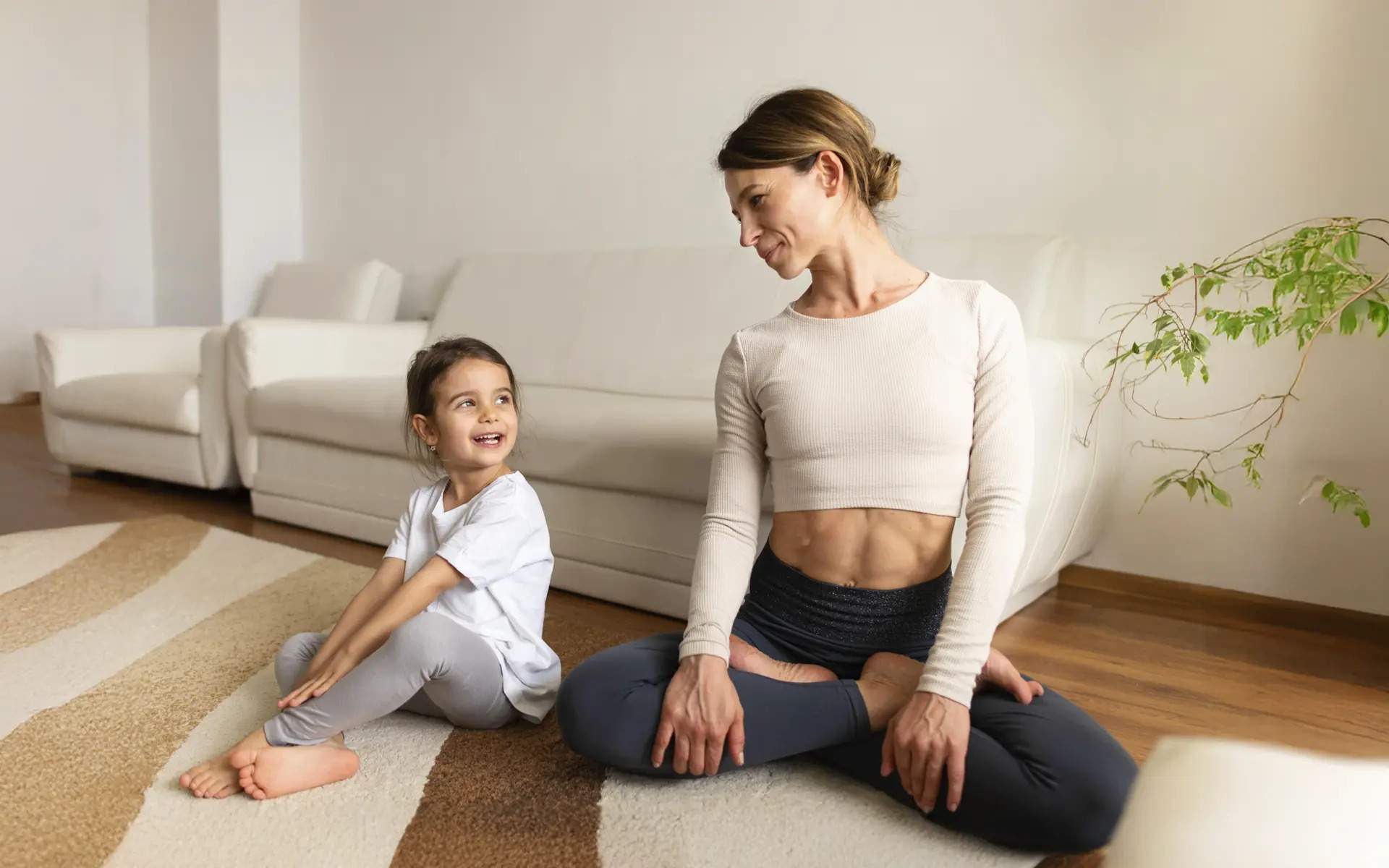People often ask me how to introduce teens to mindfulness. One of the best ways to answer that question is to illustrate it through a story from my own life, such as the snorkeling adventure I mentioned in my last post. I find that mixing stories with real-life examples from the world of teens—along with an appropriate amount of self-disclosure—gets me a lot of mileage in connecting with teenagers and trying to help them.
If we go back to my worry-filled mind as I anticipated going snorkeling, we can see that talking about that experience is just the kind of opening that would help teens relate to a common pattern in their own minds. A great intervention to use with teens is to have them find out how many of their thoughts are actually about what’s going on here and now. They can see that by spending so much time in their mind on things that have already happened or are going to happen, they aren’t living their life right now. How much are they missing in the present?
As an exercise, you can have them jot down all the thoughts that come to their mind for a period of three to five minutes. After they’re finished, ask them to mark each thought with a “P” for past, “N” for now, and “F” for future. It’s easy for them to see that most of their thoughts aren’t in the now. The point of this activity is to help them discover that by being mindful they’ll spend less time focusing on past or future thoughts, many of which aren’t particularly helpful, such as worries and judgments about oneself or others. People need to think about the past and future, but if teens can focus more on the present moment it might mitigate some of the mental and physical problems that come from spending so much time in their heads.
See, Hear, Feel
As I got in the water and began to snorkel, I noticed the flippers were hurting my feet. I forgot to breathe only through my mouth, and took a lot of salt water in through my nose, which was unpleasant. I felt cold and noticed how different the part of my body above the water felt from the part beneath. And then, “Oh my gosh—beauty, amazement!”
I saw a world I’d never seen before: the colors, all the small and big fish, the coral, and how it all formed a community. I noticed how the fish moved in schools, how they glided through the water. I was wondering why some fish were closer together and others farther apart. A visitor to their world, I was seeing something with fresh eyes. I encourage the teens I work with to see things with fresh eyes. I try to elicit what they see in their world—what makes up their world and what gives them purpose. I inquire about the different relationships in their lives—what schools of fish they hang out with—to get an in-depth look into their world. Sometimes their world can seem as new to me as snorkeling for the first time.
I find it quite helpful to use our senses to experience what mindfulness is rather than relying on a definition. Have a teen tell you what they see, smell, hear, touch, and taste in any given moment. First, it will get them to be present, right here in this moment. Second, they might notice something they have seen a thousand times, but never noticed. You can ask them to share what they see, smell, and so on, and then share things you noticed that they didn’t, and vice versa. You will learn from them by doing this, which can happen in so many moments with teens if you are open.







